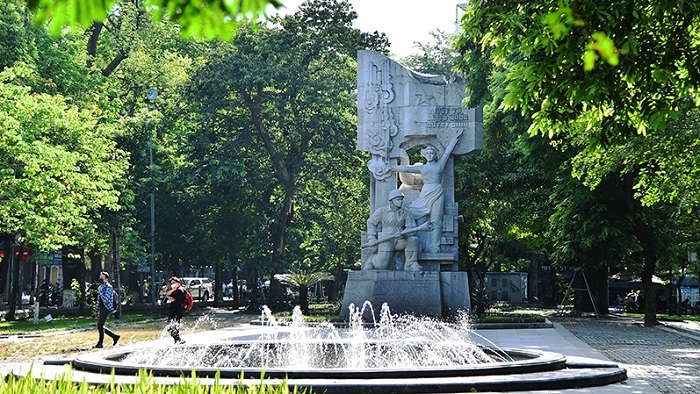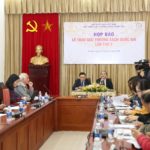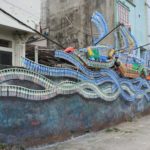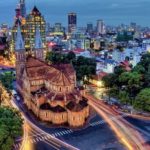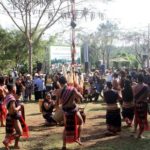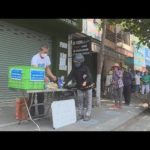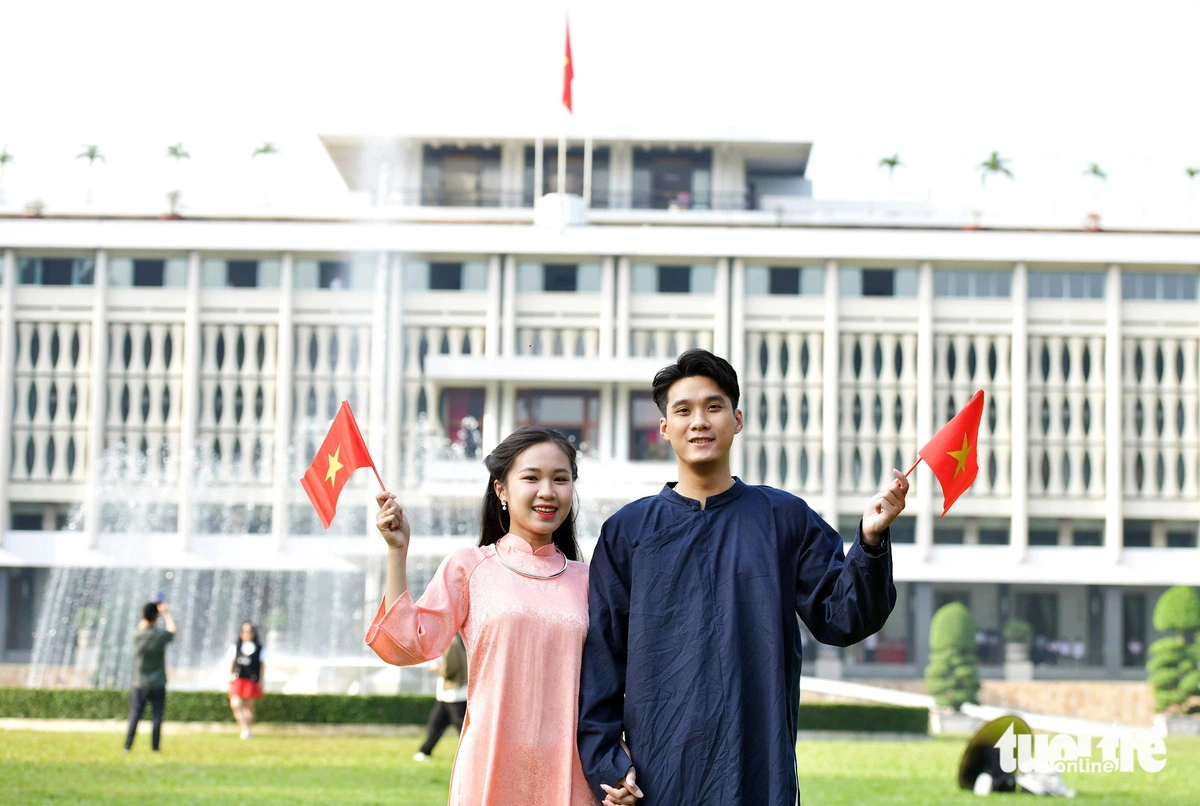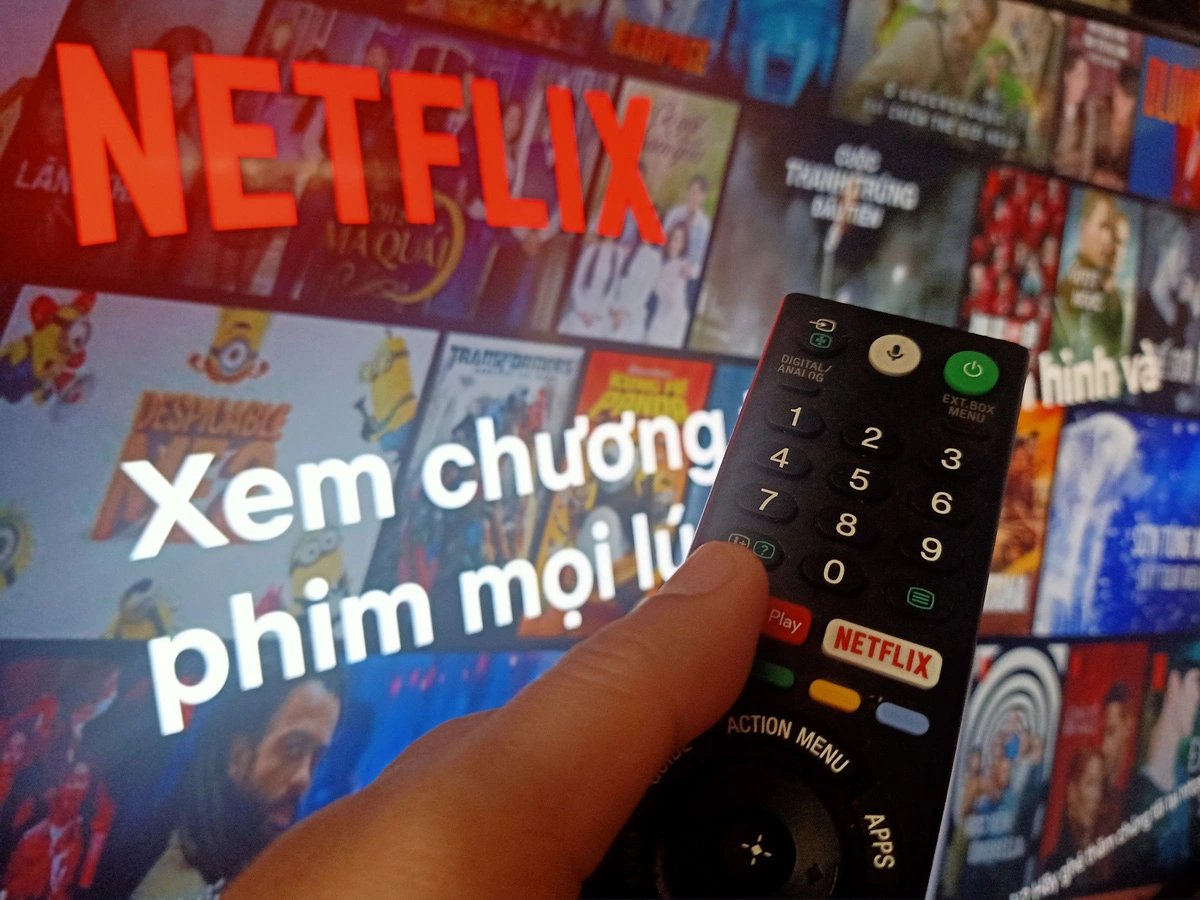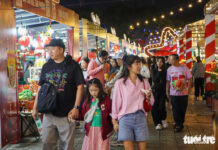Public art adds enormous value to the cultural, aesthetic and economic vitality of a community. It is now a well-accepted principle of urban design that public art contributes to a community’s identity, fosters community pride and a sense of belonging, and enhances the quality of life for its residents and visitors.
Many of the monuments have significant historical and cultural values, such as the monument themed ‘Determined to Brave Death for the Survival of the Fatherland’, the bas relief entitled ‘Hanoi in Winter in 1946’, and the cluster of sculptures entitled ‘Workers, peasants, and soldiers’.
A number of sculptural works were produced to honour historical figures, including the monuments of King Ly Thai To and Le Thai To, Saint Giong, and Emperor Quang Trung.
As a result of the expansion of its administrative boundary, the rapid development of new urban areas, and the sharp increase in its population, Hanoi City is lacking in public spaces and public artworks, which can beautify the landscape of the city while serving the aesthetic needs of people.
Given the situation, the Ministry of Culture, Sports and Tourism held the first International Sculpture Camp in Hanoi in 1997, bringing together international experts and sculptors.
Many sculptural works were produced by the participating artists at the camp, they were then inaugurated at Hanoi Botanical Garden, leaving deep impressions on locals and visitors to the site.
Following the success of the event, nearly 30 sculpture camps have been held across the country, generating numerous sculptor works.
Tu Ma (Four Horses) Square with a complex of European-style sculptures is an attractive check-in place for residents and visitors in the Royal city urban area of Hanoi’s Thanh Xuan District.
While public architecture is the highlight of a city, a public sculpture is the story of the work interacting with the surrounding space.
In several new urban areas such as Royal City in Thanh Xuan District and the Nam Cuong urban area in Ha Dong District, the management boards allocated certain areas for landscaping and sculptural works. Tu Ma (Four Horses) Square with a complex of European-style sculptures in Royal City or the Music Park with a group of statues themed around music in the Duong Noi urban area have become attractive check-in places for residents and visitors.
Public sculpture is not only a means of cultural expression but also provides an artistic space for residents in the urban areas and enhancing the public’s aesthetic, contributing to promoting tourism and development. In addition, they help sculptors to bring their artworks closer to the public, thus promoting the art of sculpture in contemporary life.
It should be noted that sculptures cannot stand as independent works but must establish an interaction with the surrounding landscape and convey a cultural story. Therefore, it is necessary for urban planners, investors, artists and sculptors to work closely to produce sculptural works that are in harmony with the spaces.
The beauty of Xo dang’s epics
The epics of the Xo Dang ethnic group’s T’dra branch, also known as ho mu’uan, were first discovered in the early 2000s by Vo Quang Trong, Director of Vietnam Museum of Ethnology. Dr. Trong and his colleagues have collected 106 versions of epic narratives in Kon Tum province’s Dac Ha and Dac To districts.

